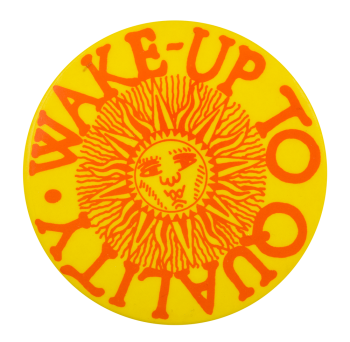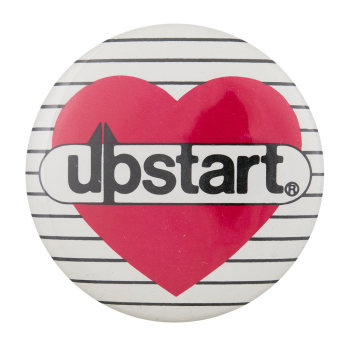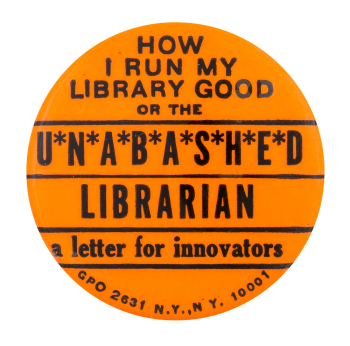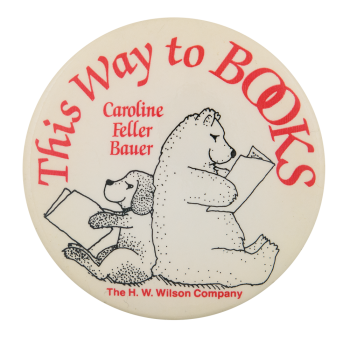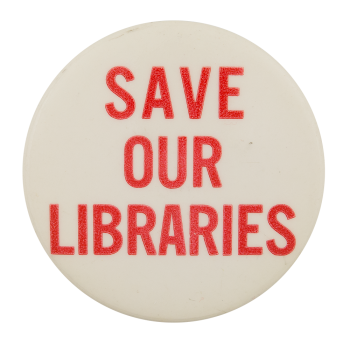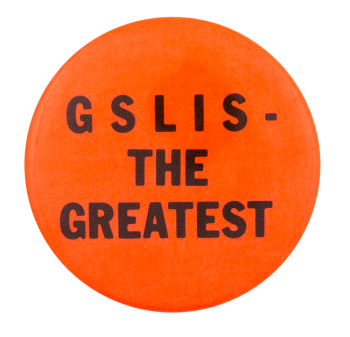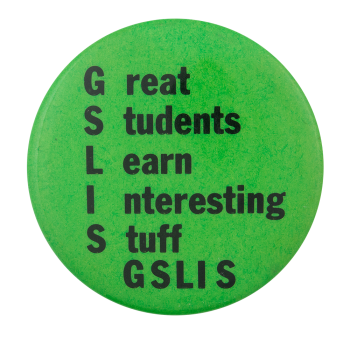| Additional Information |
The American Library Association, or ALA, is the oldest and largest library association in the world. It was founded on October 6, 1876 during the Centennial Exposition, the first official World’s Fair in the United States, in Philadelphia. Their goal is to promote and improve library and information services and the profession of librarianship in order to enhance learning. The ALA has a publishing company, ALA Publishing, and material can be purchased through their store website. Materials include books for public libraries, school libraries, textbooks, eBooks, books for professional development, along with clothing, incentives, library signage and displays, posters, and more.
|

